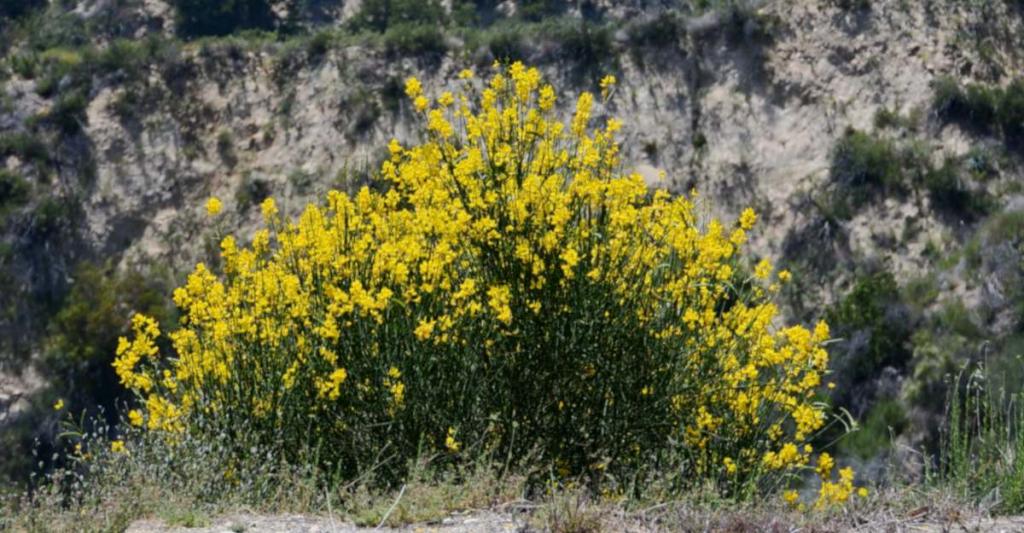

At the Reserve, if small plants appear in the forest and go unnoticed for one season, they can produce enough viable seed to spread throughout the understory. Those seeds can remain viable in the soil from 30 to 80 years, creating a large seed bank that can build up in the soil and wait for more favorable conditions to produce new plants. A Prolific InvaderĪ single Scotch Broom plant can produce over 10,000 seeds per plant. The seed pods are brown, flat, legume-like in shape, and hairy with multiple seeds per pod.

There are few leaves on the stem which leave the predominant bright yellow flower and the seeds. Most people are familiar with seeing it growing in abundance along the roadsides, with its dark green woody stem that can get from three to ten feet tall. The seeds are also toxic to livestock and horses. It poses a problem because it spreads aggressively, crowding out and replacing native vegetations and often forming large monocultures that replace desirable species. Fortunately, the Reserve has Tobin Tripp, our staff weed expert (along with his many other skills).ĭon’t let its pretty flowers fool you! Scotch Broom ( Cytisus scoparius) is a noxious weed that, at one time, was commonly found all over the Reserve. The battle against noxious weeds is an ongoing fight at Bloedel Reserve. Some weeds can be so troublesome that Washington state puts them on an official Noxious Weed List. Heritage, Mission, Vision, Principles & IDEAīloedel Reserve, just like any other landscape, has to deal with the consequences of weeds.Welcome 2021 Founding Business Partners.Creativity 2021: Workshops, Classes & Conversations.


 0 kommentar(er)
0 kommentar(er)
